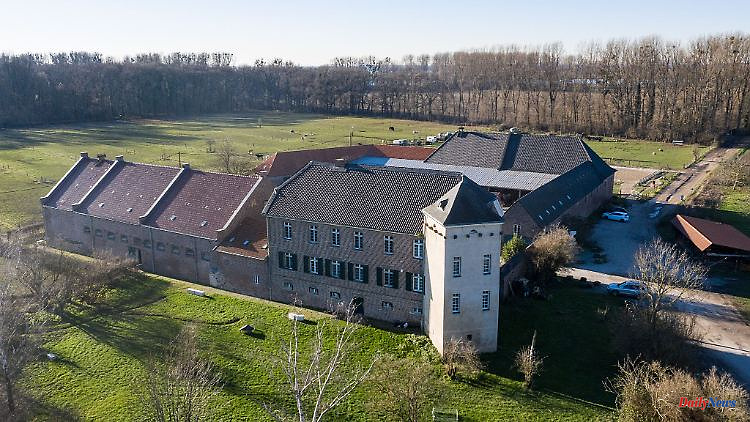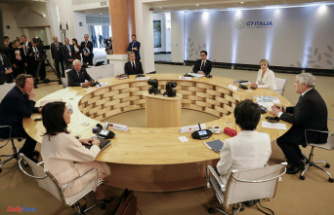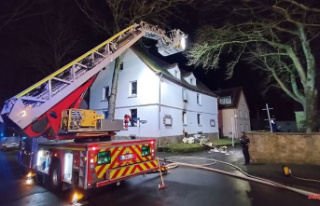The youngest World Heritage site in NRW is barely visible. Because most of the relics from Roman times are hidden in the ground. Above ground, information boards should point out the treasures. The signs have not yet been installed. The material is missing.
Bonn (dpa / lnw) - Around one and a half years after being included in the UNESCO World Heritage Site, there are still no signs on the Lower Germanic Limes from Roman times. The content and design are finished, but the production has been delayed due to the market situation for the required material, said the LVR office for the preservation of historical monuments in the Rhineland in Bonn.
The Roman border on the Rhine was created 2000 years ago and lasted until the 5th century. The section of the Limes with its 24 sites in NRW became a World Heritage Site a year and a half ago, in July 2021.
The municipalities plan to put up the signs from April 2023. Then the routes of the planned cycling and hiking trail should also be determined with the municipalities. Uniform signage is funded by the state.
The Lower Germanic Limes usually follows the course of the Rhine and is therefore called the "wet Limes". The entire section stretches from Remagen in Rhineland-Palatinate to the sea in the Netherlands. Tens of thousands of Roman soldiers lived here and defended the border of the Roman Empire against the Germans.
In North Rhine-Westphalia, the many relics are spread across 19 municipalities, including Cologne, Neuss, Dormagen, Monheim, Krefeld, Alpen, Bonn and Kleve. The remains of the forts, legion camps, training camps and civilian settlements near the barracks are mostly hidden in the ground and have to be explained separately.
The section in NRW is 220 kilometers long and stretches from Bonn to Kleve. To the south and north, further Roman border structures are part of the World Heritage.
NRW has a total of six World Heritage Sites - Aachen Cathedral, Augustusburg Castle in Brühl, Cologne Cathedral, Zollverein Coal Mine in Essen, Corvey Castle in Höxter and Limes. The Rhineland Regional Council (LVR) is the World Heritage Commissioner for the Rhenish Limes.












